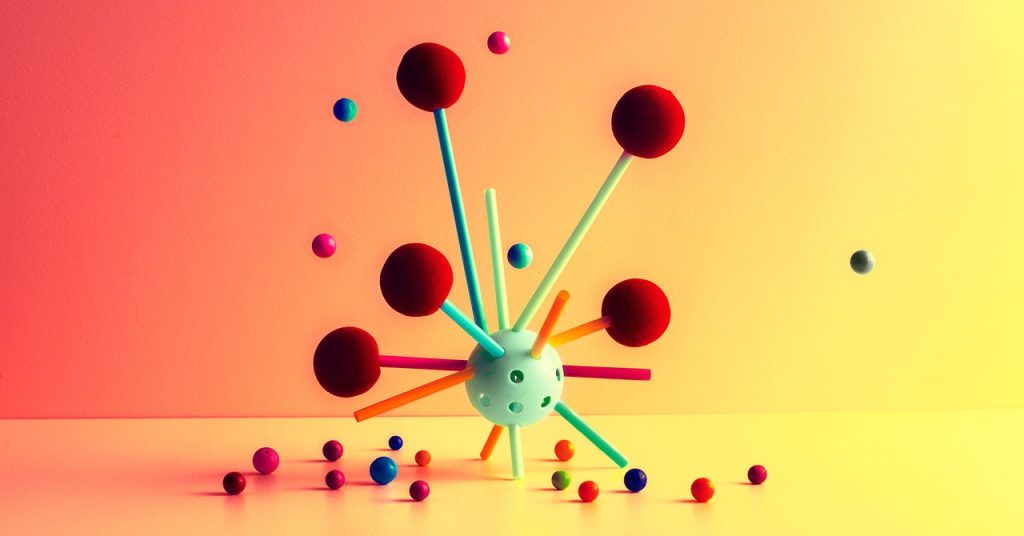AlphaFold 3: Expanding the Horizons of Protein Structure Prediction
While Google has been actively promoting its AI assistant, Bard, the company has also been quietly working on enhancing a more specialized AI tool. AlphaFold, a software developed by Google’s DeepMind AI unit to predict the 3D structure of proteins, has received a significant upgrade. The latest version, AlphaFold 3, can now model other biologically important molecules, including DNA, and the interactions between antibodies produced by the immune system and the molecules of disease organisms.
Borrowing Techniques from AI Image Generators
DeepMind incorporated new capabilities into AlphaFold 3 by borrowing techniques from AI image generators. Demis Hassabis, the head of DeepMind, explained that the company discovered that deep learning, a technique at the heart of many recent AI advances, could predict the shape of proteins simply from their constituent amino acids by learning from experimentally verified structures.
The Evolution of AlphaFold
AlphaFold’s journey began in 2018 when Google DeepMind revealed it was working on AI software to accurately predict the shape of proteins. In 2020, AlphaFold 2 made a breakthrough by predicting the structures of proteins with unprecedented accuracy. The following year, DeepMind released an open-source version of AlphaFold for anyone to use, along with 350,000 predicted protein structures, including almost every known protein in the human body. In 2022, the company further expanded its database by releasing more than 2 million protein structures.
The Role of Diffusion Models
AlphaFold 3’s ability to model different proteins was improved in part through an algorithm called a diffusion model, which helps AI image generators like Midjourney create unique and sometimes photo-realistic imagery. The diffusion model inside AlphaFold 3 sharpens the molecular structures the software generates by learning from patterns in a collection of verified protein structures, much like how an image generator learns from real photographs to render realistic-looking images.
Confidence Scale and Limitations
While AlphaFold 3 represents a significant advancement, it is not perfect. The software offers a color-coded confidence scale for its predictions, with blue areas indicating high confidence and red areas showing less certainty.
The structure prediction performance of AlphaFold 3 is very impressive.
David Baker, a professor at the University of Washington who leads a group working on techniques for protein design, acknowledges the capabilities of AlphaFold 3. His own lab recently released a diffusion model to help model a wider range of molecular structures, but he concedes that AlphaFold 3 is more capable. However, Baker adds that it is a shame that the source code for AlphaFold 3 has not been released to the scientific community.
The Potential for AI in Scientific Research
Hassabis, who leads all of Alphabet’s AI initiatives, has long been interested in the potential for AI to accelerate scientific research. He believes that the latest techniques being developed for AlphaFold, a highly specialized AI system, could prove useful for building more general systems that aim to exceed human capabilities in many dimensions. As AI programs like Google’s Gemini become more capable over the next decade, Hassabis envisions them using tools like AlphaFold to achieve other goals.

6 Comments
DeepMind’s latest feat could revolutionize how we understand life itself!
Guess we’re one step closer to unlocking the universe’s secrets, all thanks to DeepMind’s brains!
DeepMind’s leap into DNA and proteins? We’re witnessing scientific history in the making, folks.
DeepMind’s diving into the very blueprint of life with this one; talk about game-changing science!
DeepMind’s got its digital hands in the very essence of humanity now – talk about a bold leap into the unknown!
So DeepMind’s cracking the code of life now, huh? Sounds like the future just arrived.